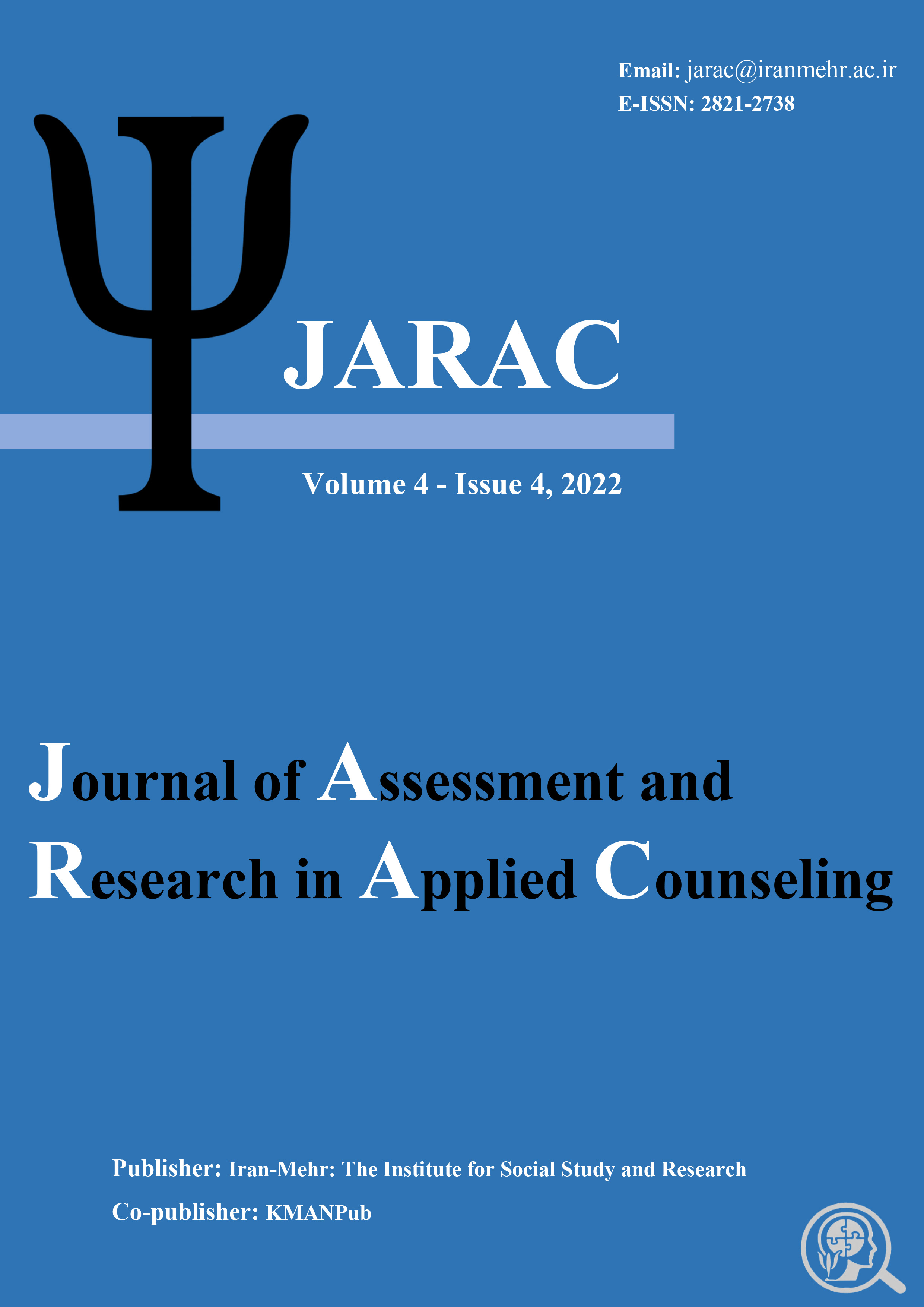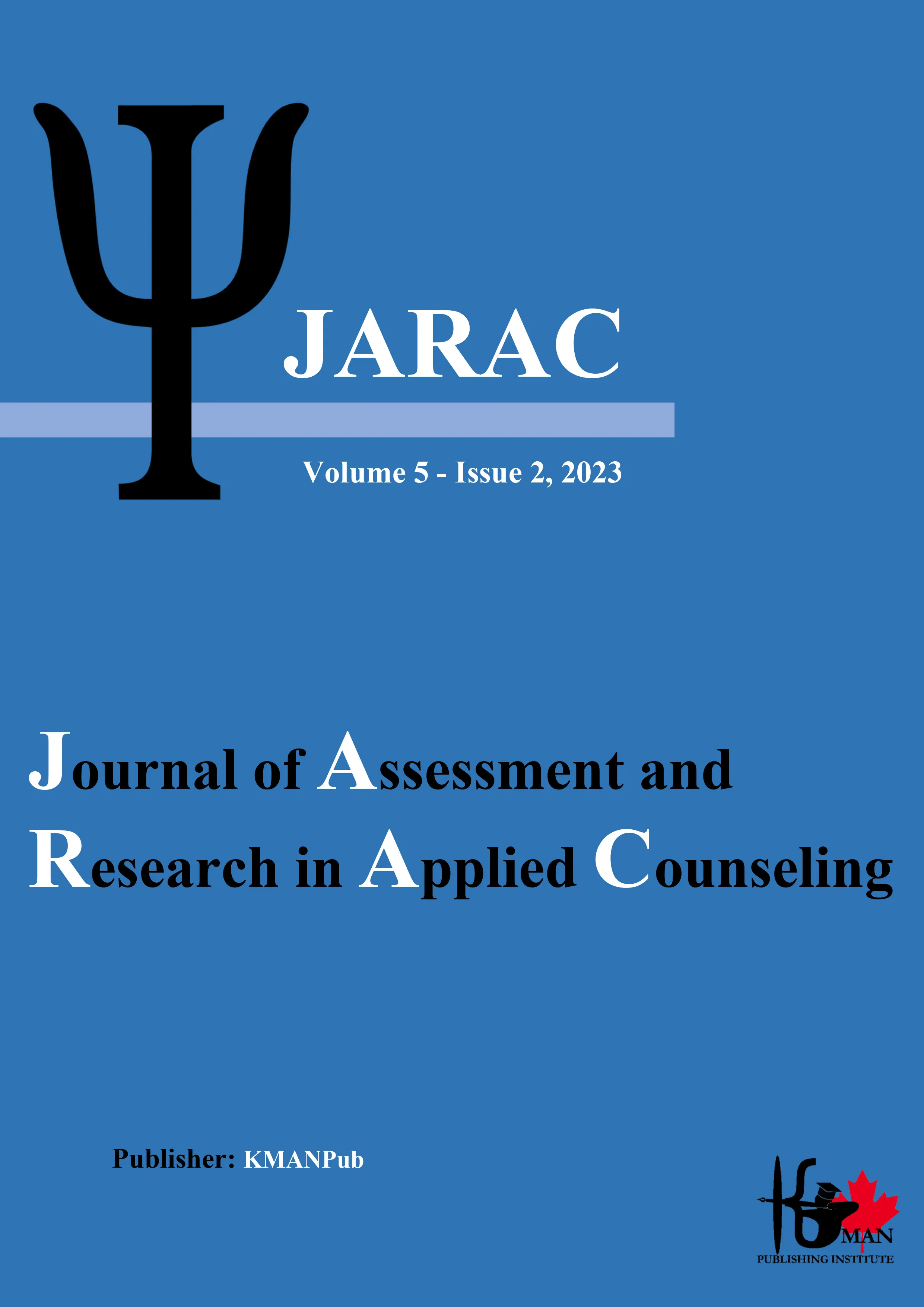Domination/submission and Sadism/Masochism relationships in couples: a review article
Keywords:
Marital relationship, sex, domination and submission, masochism, sadism, review articleAbstract
Background and Aim: Today, in the world, there is a kind of sexual intercourse between couples that are Domination/Submission and Masochism/Sadism. In scientific and general literature, the term BDSM is used for these sorts of relationships, generally a type of power exchange or pain in the marriage between couples that leads to sexual arousal and sexual satisfaction. Previous literature has a pathological approach to this, but the focus of research in this field has shifted from pathology to depathologizing. The purpose of this study is to review articles related to domination/submission and Masochism/Sadism between couples. Methods: The present study was an analytical review study used to collect data from articles and books in reputable scientific databases. Results: Previous studies have shown that the attitude of the community and the therapists toward these types of relationships and stigmas has been negative. On the other hand, these relationships are related to personality traits, marital satisfaction, and sexual satisfaction. For example, the findings indicated that these people were more extroverted, more open than experienced, and were high in education and job. Conclusion: According to the findings, it can be said that this requires more articles, especially in Persian. Experts are also suggested to include the findings described in their work at the beginning of diagnosing and treating people who tend to have this type of relationship and examine the disorder's symptoms more accurately for diagnosis.
Downloads
Downloads
Published
Issue
Section
License
Copyright (c) 2023 Kamdin Parsakia , Mehdi Rostami , Nadereh Saadati , Seyed Ali Darbani, Shokouh Navabinejad (Author)

This work is licensed under a Creative Commons Attribution-NonCommercial 4.0 International License.















